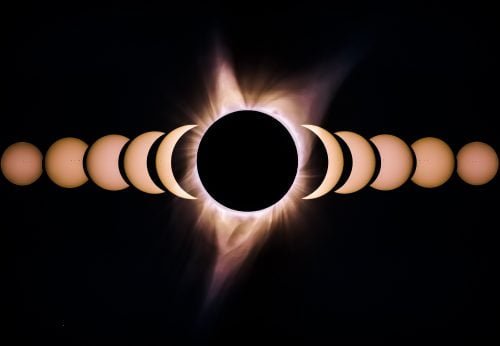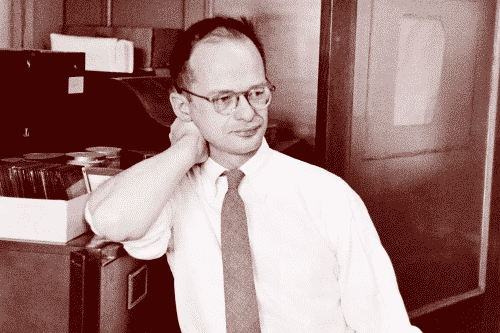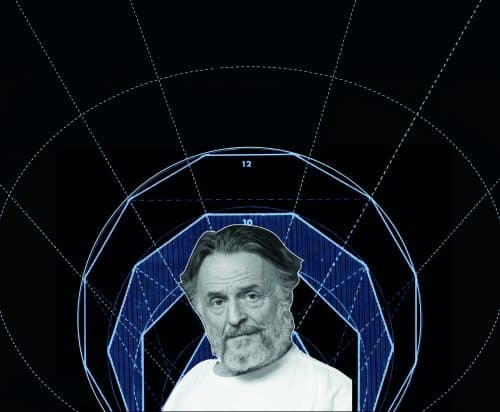What is mathematics about? We know what biology is about; it’s about living things. Or more exactly, the living aspects of living things – the motion of a cat thrown out of a window is a matter for physics, but its physiology is a topic for biology. Oceanography is about oceans; sociology is about human behaviour in the mass long-term; and so on. When all the sciences and their subject matters are laid out, is there any aspect of reality left over for mathematics to be about? That is the basic question in the philosophy of mathematics.
People care about the philosophy of mathematics in a way they do not care about, say, the philosophy of accountancy. Perhaps the reason is that the certainty and objectivity of mathematics, its once-and-for-all establishment of rock-solid truths, stands as a challenge to many common philosophical positions. It is not just extreme sceptical views such as postmodernism that have a problem with it. So do all empiricist and naturalist views that hope for a fully ‘scientific’ explanation of reality and our knowledge of it. The problem is not so much that mathematics is true, but that its truths are absolutely necessary, and that the human mind can establish those necessities and understand why they must be so. It is very difficult to explain how a physical brain could do that.
One famous philosopher who finds mathematical necessity an inconvenience is Peter Singer. In one of his best-selling books on ethics, he argues that we cannot rely on intuiting ethical truths, since the most convincing case of intuition, in mathematics, is not correct. ‘The self-evidence of the basic truths of mathematics,’ he says, ‘could be explained… by seeing mathematics as a system of tautologies… true by virtue of the meanings of the terms used.’ Singer is wrong to claim that this philosophy of mathematics, called logicism, is ‘widely, if not universally accepted’. It has not been accepted by any serious philosopher of mathematics for 100 years. But it is clear why anyone who, like Singer, wishes to explain away the strange power of human intuition might want a deflationary philosophy of mathematics to be true.
To the question: ‘Is mathematics about something?’ there are two answers: ‘Yes’ and ‘No’. Both are profoundly unsatisfying.
The ‘No’ answer, whose champions are known as nominalists, says that mathematics is just a language. On this view, it is just a way of talking about other things, or a collection of logical trivialities (as Singer claims), or a formal manipulation of symbols according to rules. However you cut it, it is not really about anything. Those whose encounter with mathematics at school was less than happy (‘Minus times minus equals plus/The reason for this we need not discuss’) might feel some sympathy with the nominalist picture. Then again, it is also a view that appeals to physicists and engineers who regard serious propositions about reality as their business. They look on tables of Laplace transforms and other such mathematical paraphernalia as, in the words of the German philosopher Carl Hempel, ‘theoretical juice extractors’: useful for getting extra sense out of meaty physical propositions, but not contentful in themselves.
Nominalism might have a certain down-to-earth appeal, but further reflection suggests that it can’t be right. Although manipulation of symbols is useful as a technique, we also have a strong sense that mathematics makes objective discoveries about a terrain that is in some sense ‘out there’. Take the subtleties of the distribution of primes. Some numbers are prime, some not. A dozen eggs can be arranged in cartons of 6 × 2 or 3 × 4, but eggs are not sold in lots of 11 or 13 because there is no neat way of organising 11 or 13 of them into an eggbox: 11 and 13, unlike 12, are prime, and primes cannot be formed by multiplying two smaller numbers. The idea is very easy to grasp. But this doesn’t mean there’s nothing to discover about it.
It turns out that the way in which the primes are distributed among numbers involves a complex interplay of pattern and irregularity. On the small scale, the latter is most evident: there are long stretches without any primes at all – indefinitely long stretches, in fact. At the same time, it is widely believed that there are infinitely many ‘prime pairs’; that is, pairs of numbers only two apart that are both prime, such as 41 and 43.
When we turn to the large scale, the impression of disorder fades and a pattern starts to emerge after all. Primes become gradually less dense as one counts up: the density of primes around a large number is inversely proportional to its order of magnitude. The density of primes around a trillion (1012), for example, is about half what it is around a million (106). More exact information on the intricacies of the distribution of primes is contained in the Riemann Hypothesis, currently the most famous unproved conjecture of mathematics.














